
Check Louisiana’s State Museums Off Your Bucket List
The Louisiana State Museum consists of 10 unique museums around the state.
The Louisiana State Museum consists of 10 unique museums around the state.
The Louisiana State Museums offer a captivating journey through the state’s rich history, culture and art. From historical sites to unique art collections, each location tells a story of Louisiana’s diverse heritage. Whether you’re exploring New Orleans or venturing to Baton Rouge and beyond, learn what makes these 10 Louisiana museums worthy of your travel bucket list.
1. The Cabildo
The site of the Louisiana Purchase transfer ceremonies, The Cabildo features three floors of exhibitions covering the state’s history through artifacts such as documents, paintings and 3D objects from the museum’s vast collection. The Cabildo building neighbors the St. Louis Cathedral in the iconic French Quarter.
One of Napoleon Bonaparte's death masks — a mold taken from his face after his death in 1821 — is permanently housed on-site. According to the Louisiana State Museum, recent research has revealed that the bronze mask was one of at least nine “death masks” created by Napoleon Bonaparte’s physician, Dr. Francesco Antommarchi, since it was customary to make a mask of a person of such importance when they died. When Antommarchi later immigrated to New Orleans, he presented one of the masks to the city in response to the city's "generous sentiments" and "noble welcome." The mask has been displayed in New Orleans since 1834, and more specifically at the Cabildo since 1911.
Visitors can also check out the "From 'Dirty Shirts' to Buccaneers: The Battle of New Orleans in American Culture" exhibit or enter the world of botany in “Botanica: Gardens, Landscapes and Plant Medicines in South Louisiana.”
2. The Presbytère
The Presbytère was designed in 1791 to match the Cabildo, on the opposite side of St. Louis Cathedral in Jackson Square, and in 1911, it became part of the Louisiana State Museum. The Presbytère’s two permanent exhibits reflect Louisiana's history of celebration and resilience.
“Mardi Gras: It’s Carnival Time in Louisiana” features parade floats, costumes and historical throws, as well as rare glimpses into the secretive social club society from which modern-day Mardi Gras krewes evolved. Visitors can also peruse Mardi Gras albums, records and sheet music for the full festival experience.
"Living with Hurricanes: Katrina and Beyond” relays the state's hardships and steps towards restoration after one of the worst disasters in American history. The exhibit honors Louisiana’s tenacity and optimism by documenting the event, the aftermath and southeast Louisiana’s ongoing recovery. Interactive exhibits and immersive artifacts showcase the unwavering spirit of the city’s residents.
3. The Louisiana Civil Rights Museum
Experience the Louisiana Civil Rights Museum: The Inaugural Experience inside the Ernest N. Morial Convention Center. Three dynamic pathways — the Right to Assemble, the Right to Education and the Right to Vote — weave together Louisiana’s Black history from the late 19th century through the modern Civil Rights movement.
Archival video footage and oral history reflect the culture-shifting marches, protests and boycotts of the movement. Witness the 105-mile march from Bogalusa to Baton Rouge, attend protests and lunch counter sit-ins in New Orleans and hear from students who challenged racial segregation in schools. The DreamCube, an interactive virtual reality room, allows visitors to hear from witnesses and participants in an immersive storytelling format.
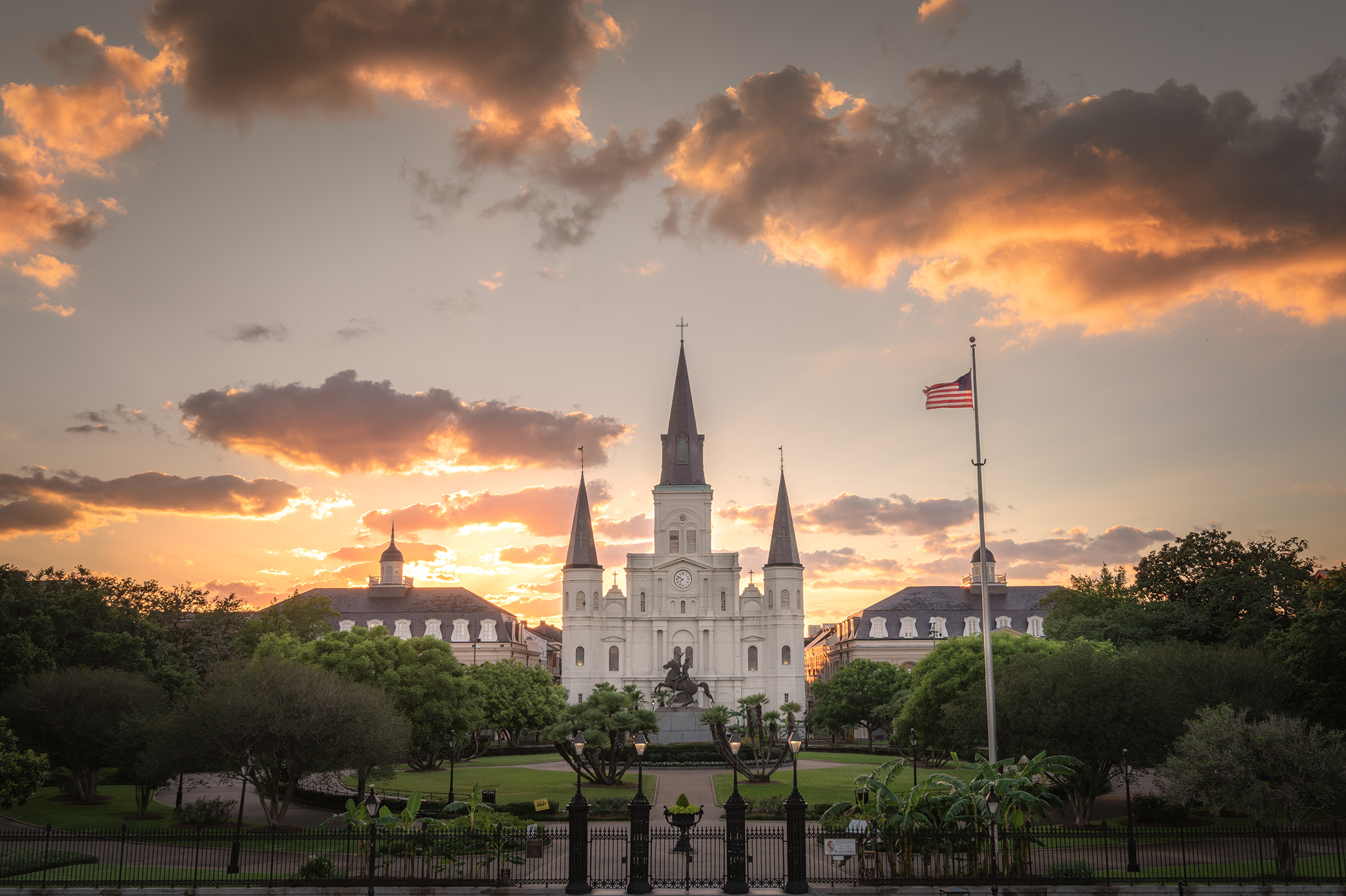
St. Louis Cathedral flanked by the Cabildo and the Presbytère
Napoleon's Death Mask at the Cabildo
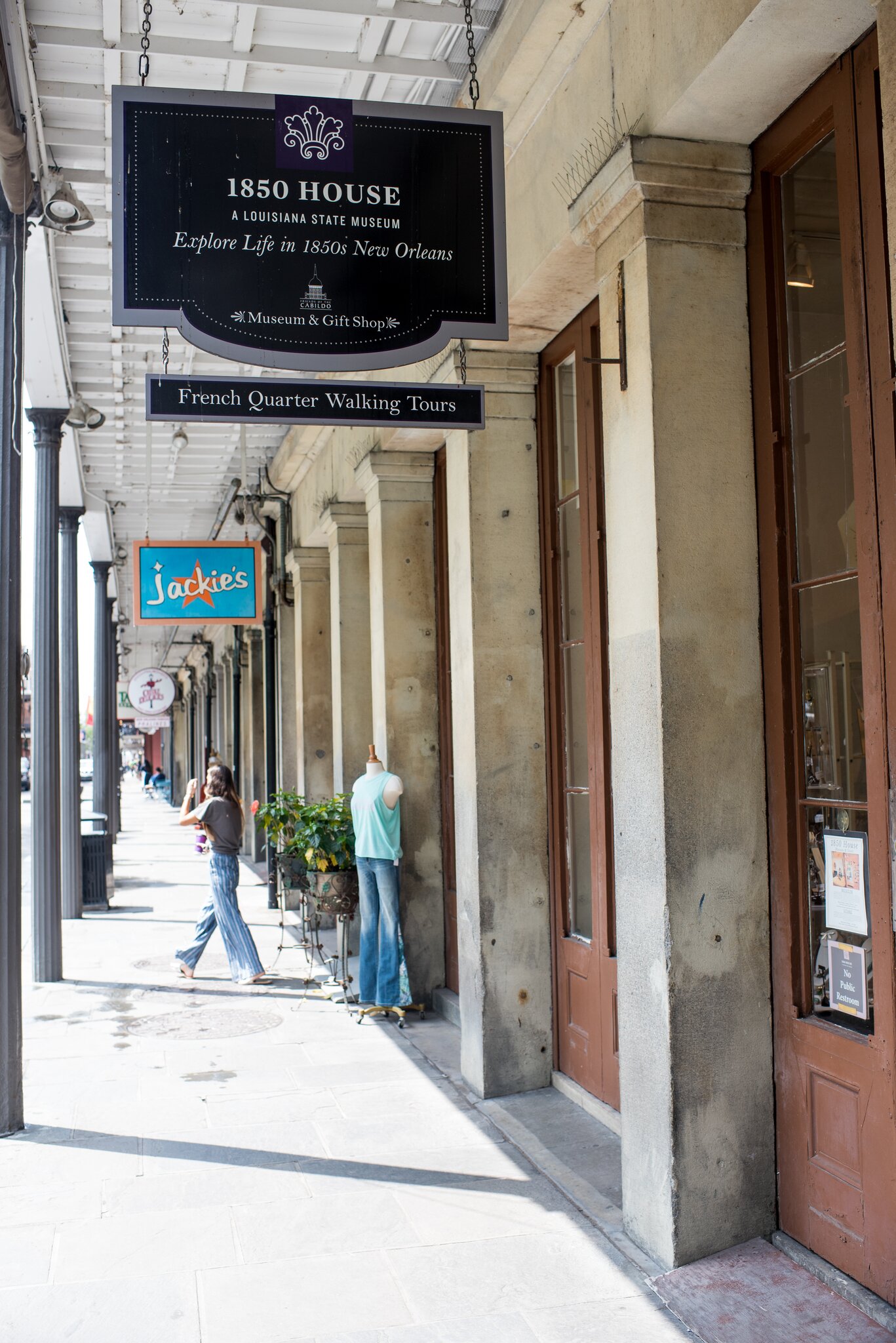
1850 House
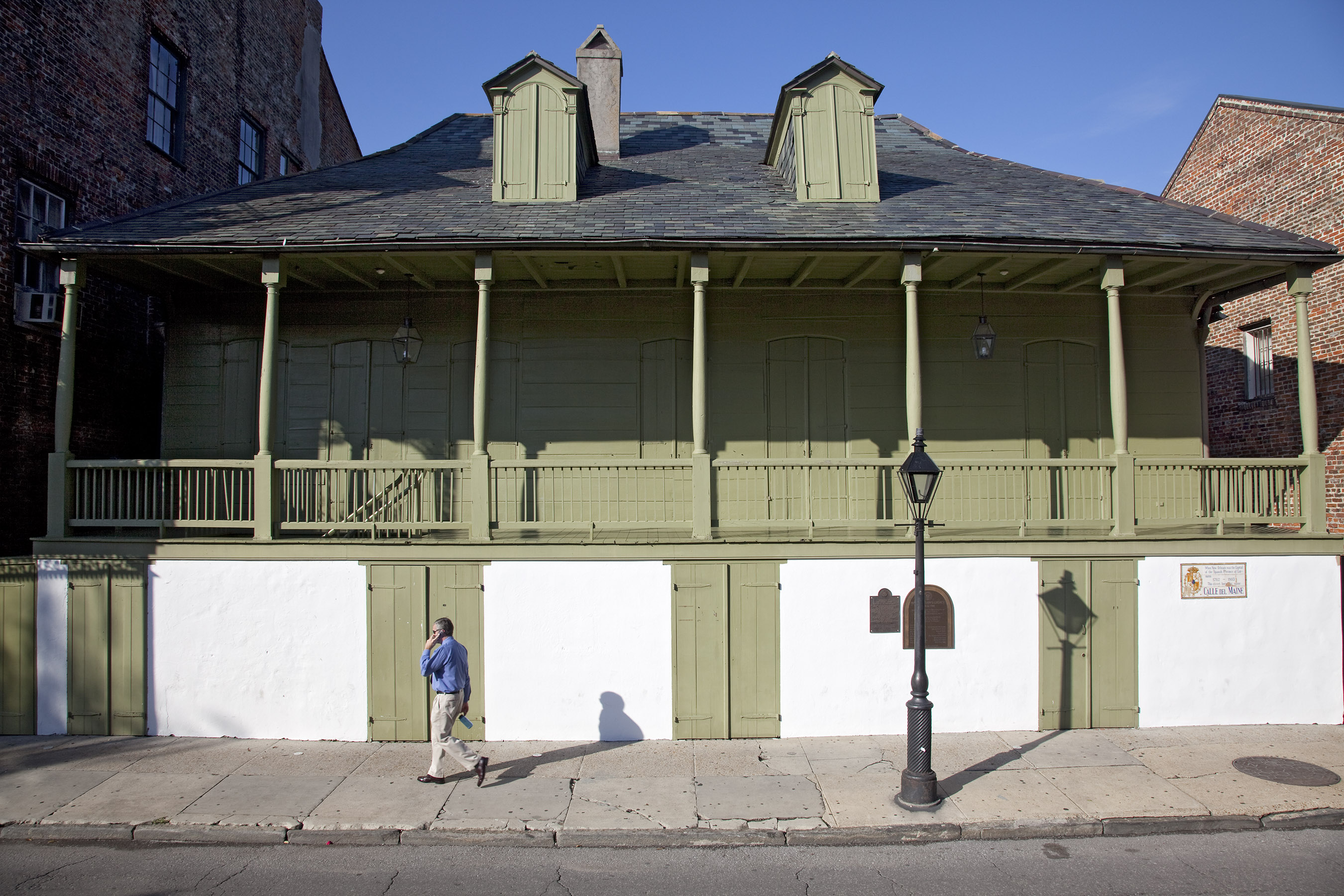
Madame John's Legacy
4. The New Orleans Jazz Museum at the Old U.S. Mint
Located at the Old U.S. Mint, the New Orleans Jazz Museum celebrates jazz music right where it was born. With its prime location at the intersection of the French Quarter and the Frenchman Street live-music corridor, the New Orleans Jazz Museum is perfectly placed in the heart of the city’s vibrant music scene.
The New Orleans Jazz Museum promotes the global understanding of jazz as one of the most innovative, historically pivotal musical art forms in world history through dynamic interactive exhibitions, educational programming and engaging musical performances.
After your visit, stick around for their weekly free concert series in the courtyard, which features dynamic jazz musicians performing from the Jazz Museum’s balcony. If you’re in the Big Easy, stretch out on a blanket (seats are not provided), or if you’re watching from home, tune in on their Facebook page.
5. 1850 House
Go back in time at the 1850 House and explore the mid-19th-century daily life of an upper-middle-class family in New Orleans. The house is furnished with art and décor that reflect the era, including Old Paris porcelain, New Orleans silver, a cast-iron range and dozens of notable paintings.
The 1850 House is part of the Lower Pontalba building, designed and financed by Baroness Micaela Almonester de Pontalba, who was inspired by the imposing architecture of Paris, but it was built and maintained by enslaved workers and Irish immigrant servants. Her father, Don Andrés Almonester y Roxas, was a Spanish colonial landowner who helped finance the Cabildo, St. Louis Cathedral and the Presbytère. Discover their stories — and the overall prosperity, taste and daily life of the 19th century gentility — throughout the home and the museum store.
6. Madame John’s Legacy
*Madame John's Legacy is currently closed while careful and important work is being done to preserve this most historic building.
Madame John’s Legacy is a structure unlike any other in North America. Built in 1788 following a devastating fire that destroyed 80% of the city, the complex was constructed in the French colonial style that was popular in the city before the disaster, and it is considered one of the best examples of the style in North America. Due to its fine architectural character and historical significance, it is an official National Historic Landmark. The complex consists of three buildings, the main house, a kitchen with cook’s quarters and a two-story dependency.
The house’s name was inspired by George Washington Cable’s 1874 short story “Tite Poulette,” in which the character Monsieur John bequeaths a Dumaine Street house to his mistress, known as Madame John.
7. E.D. White Historic Site
The E.D. White Historic Site is a National Historic Landmark situated on the banks of scenic Bayou Lafourche. It was the residence of two of Louisiana’s earliest political figures: Edward Douglas White, who was governor from 1835 to 1839, and his son, Edward Douglass White, who was appointed to the United States Supreme Court in 1894 and served as chief justice from 1910 to 1921. The house’s history offers an interesting look at Bayou Lafourche’s story over time, from the Chitimacha Indians to Acadian settlers, slavery, sugar cane plantations and the White family.
Built around 1825, the E.D. White House was constructed in traditional Creole plantation architecture style. Among the younger White’s possessions on display are his law books, a chair he used while serving as chief justice and a 19th-century steamer trunk.
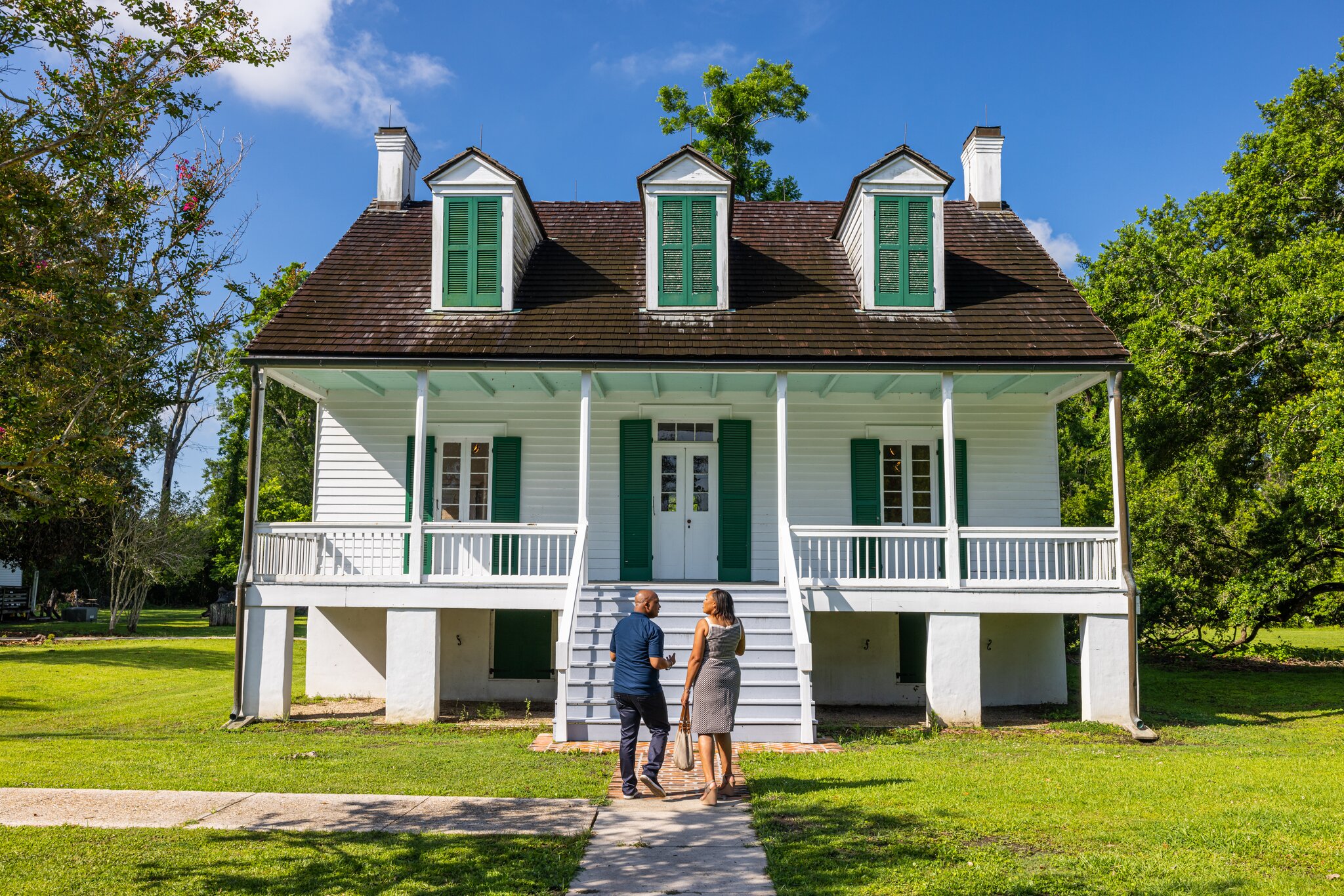
E.D. White Historic Site
Louis Armstrong's cornet at the New Orleans Jazz Museum

Grand bedroom at 1850 House
8. Wedell-Williams Aviation & Cypress Sawmill Museum
The Wedell-Williams Aviation and Cypress Sawmill Museum highlights two lesser-known, yet quite unique aspects of Louisiana’s history. The Wedell-Williams Aviation Collection preserves the legacy of Louisiana aviation pioneers Jimmie Wedell and Harry P. Williams, who formed an air service together in 1928 in Patterson. The two became nationally distinguished during the Golden Age of Aviation. State-of-the-art displays include numerous antique aircraft and Wedell-Williams’ 1930s air racing trophies and memorabilia, plus an exciting film from the 1932 Cleveland National Air Races.
The Cypress Sawmill Collection documents the history of the state’s first significant manufacturing industry, cypress lumber, with a variety of artifacts, photographs and film. Patterson was once home to the largest cypress sawmill in the world, and in 1997, the Louisiana State Legislature designated Patterson as the cypress capital of Louisiana.
9. Capitol Park Museum
The Capitol Park Museum in Baton Rouge showcases the intricacies of the most vibrant state in America through exhibits on Louisiana’s history, industry and culture. The museum includes two permanent exhibits: “Grounds for Greatness: Louisiana and the Nation” and “The Louisiana Experience: Discovering the Soul of America.”
From prehistoric American Indian earthworks to modern-day Mardi Gras costumes, the Capitol Park Museum explores Louisiana’s history in its entirety. A 48-foot wooden shrimp trawler and a sugar cane harvester offer a glimpse into the state’s aquatic and agricultural assets, while an oil-well head and a scale model of a drilling highlight Louisiana’s energy industry. Exhibits about slave markets, resistance, revolt and Jim Crow-era laws shed a light on the unimaginable circumstances that Black Americans had to overcome, and how their resilience shaped the state.
Learn more about the state’s iconic music history, featuring Pete Fountain’s clarinet, Buddy Guy’s polka-dot Stratocaster guitar, Clifton Chenier’s Grammy award and an expansive Louis Armstrong exhibit.

Louisiana Sports Hall of Fame and Northwest History Museum
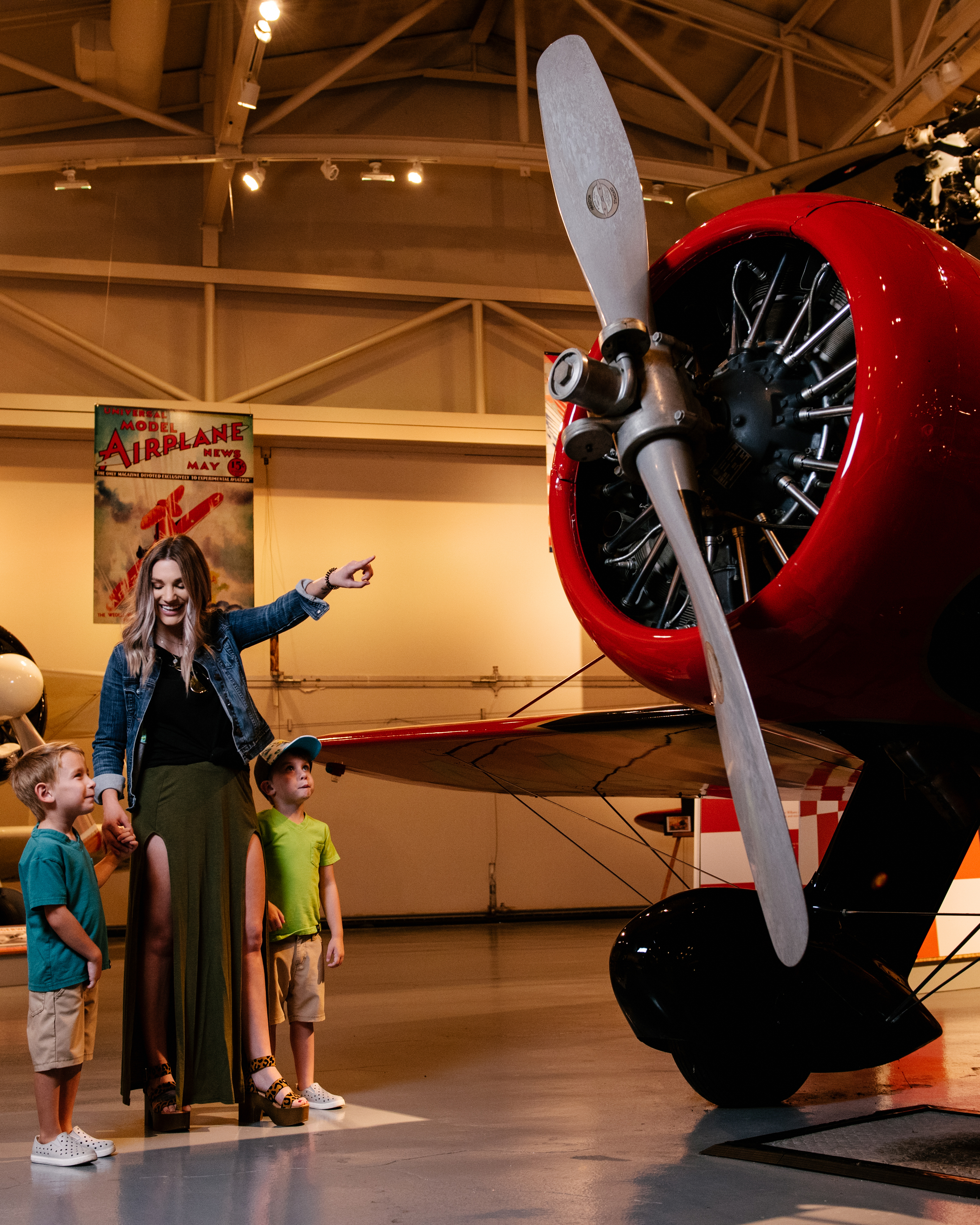
Wedell-Williams Aviation Museum
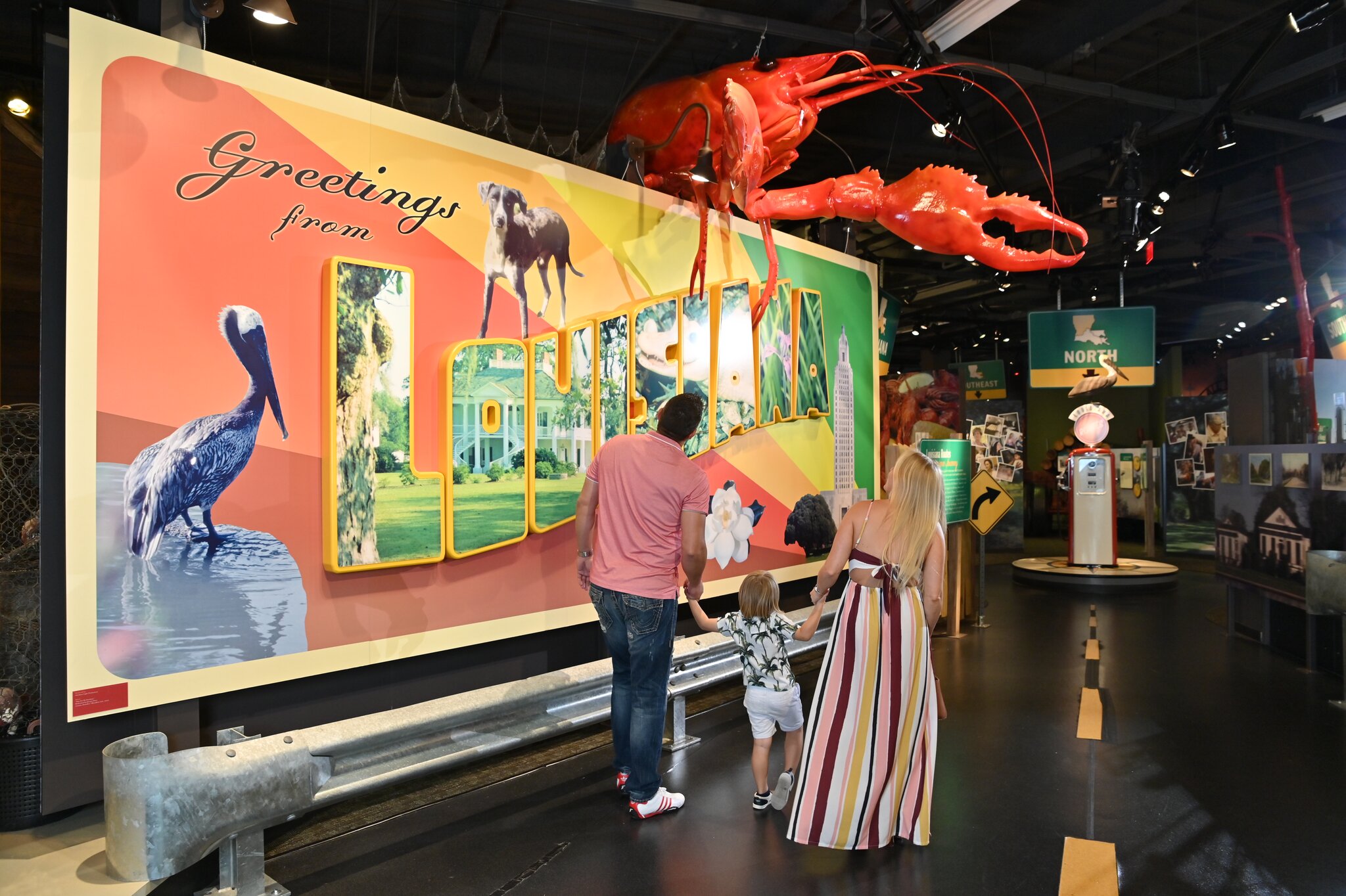
Capitol Park Museum
10. Louisiana Sports Hall of Fame & Northwest Louisiana History Museum
The Louisiana Sports Hall of Fame & Northwest Louisiana History Museum was named the Top Architecture Project in the World in 2013 by Azure magazine, beating other major projects in London and Paris, and has won a number of other architectural accolades. The interior of this unique structure was inspired by the flow of the Cane River Lake, evident in its curved walls and winding hallways.
The Sports Hall of Fame traces the history and importance of sports in Louisiana. The museum features household-name inductees such as Archie Manning and Shaquille O’Neal, plus other notable athletes like New Orleans-born Audrey “Mickey” Patterson, the first African American woman to win an Olympic medal. See a Super Bowl XLIV commemorative football signed by all 53 New Orleans Saints after their 2010 victory, the fastest car in the world in 1963 — a souped-up Ford Thunderbird — and vintage jerseys and cheerleading uniforms. Football fans shouldn’t miss the brand-new Louisiana Heisman Trophy Winners exhibit, including Joe Burrow and DeVonta Smith as honorees.
Upstairs, the Northwest Louisiana History Museum tells the story of how diverse groups of people, including Caddo Indians, French and Spanish settlers, free and formerly enslaved Africans and rural southern white Americans, created the region’s distinctive culture. With displays of artifacts dating from the 1700s, this museum celebrates the explorers, artists, writers, entrepreneurs and human rights leaders who embodied northwest Louisiana’s resilient spirit.
Frequently Asked Questions
Where is the Louisiana State Museum?
The Louisiana State Museum is one organization made up of 10 museums spread across the state. Locations include 1850 House, Madame John’s Legacy, New Orleans Jazz Museum at the Old U.S. Mint, The Presbytère, Louisiana Civil Rights Museum and The Cabildo in New Orleans; E.D. White Historic Site in Thibodaux; Wedell-Williams Aviation & Cypress Sawmill Museum in Patterson; Capitol Park Museum in Baton Rouge; and Louisiana Sports Hall of Fame & Northwest Louisiana History Museum in Natchitoches.
How much is the entrance fee for Louisiana State Museums?
Ticket prices vary depending on the museum you’re visiting. Some locations, including E.D. White Historic Site, Madame John’s Legacy and Wedell-Williams Aviation & Cypress Sawmill Museum offer free admission. All ticketed Louisiana State Museums offer discounted admission for seniors, students and active United States Military members and their spouses. For more information, please visit the Louisiana State Museum website.
How do I get tickets for Louisiana State Museums?
You can purchase tickets for Louisiana State Museums online via the Louisiana State Museum website. If you have any questions or issues purchasing your tickets online, you can contact Louisiana State Museums at (504) 568-6968 or [email protected].
Are Louisiana State Museums accessible?
Many Louisiana State Museums are fully wheelchair accessible with elevator access to each floor (if applicable), including the Cabildo, the Presbytère, the Louisiana Civil Rights Museum, the New Orleans Jazz Museum at the Old U.S. Mint, Capitol Park Museum, the Louisiana Sports Hall of Fame & Northwest Louisiana History Museum and the Wedell-Williams Aviation & Cypress Sawmill Museum.
However, other locations, including the 1850 House, Madame John’s Legacy and the E.D. White Historic Site are on the National Register of Historic Places or are classified as National Historic Landmarks, and as such, they cannot fully adapt to be wheelchair accessible. Some parts of these sites may be wheelchair accessible, but please check the Louisiana State Museum website prior to visiting. If you have any questions about planning your visit, please contact the Louisiana State Museum office at (504) 568-6968 or email [email protected].
Does the Louisiana State Museum offer tours?
Some Louisiana State Museum locations offer tours, including the 1850 House. The Friends of the Cabildo offer daily French Quarter walking tours that depart from the 1850 House. The organization also hosts weekly and monthly neighborhood and cultural tours, as well as yoga classes at the Cabildo.
Explore More
Find your next adventure and explore more of Louisiana State Museums below.


